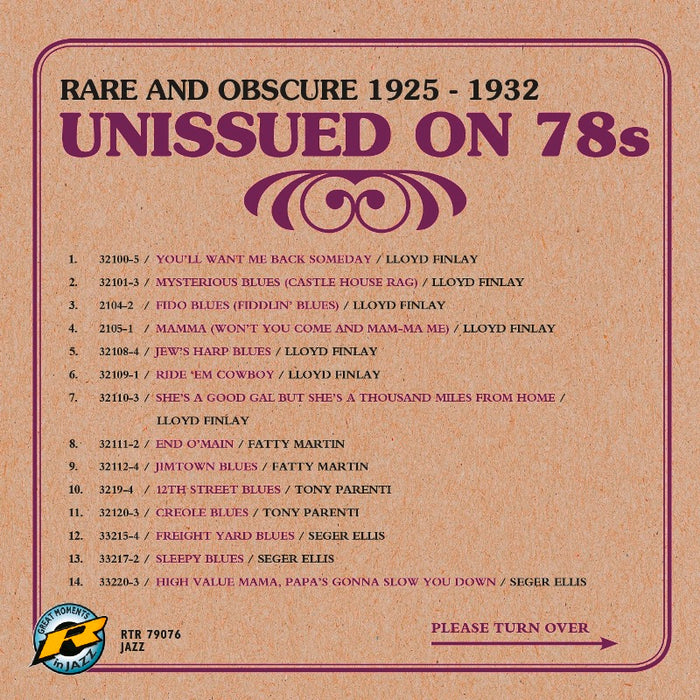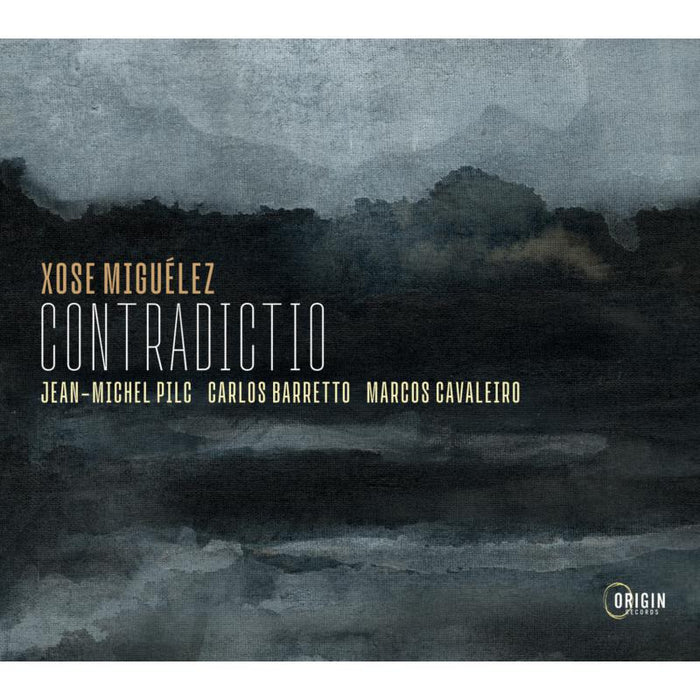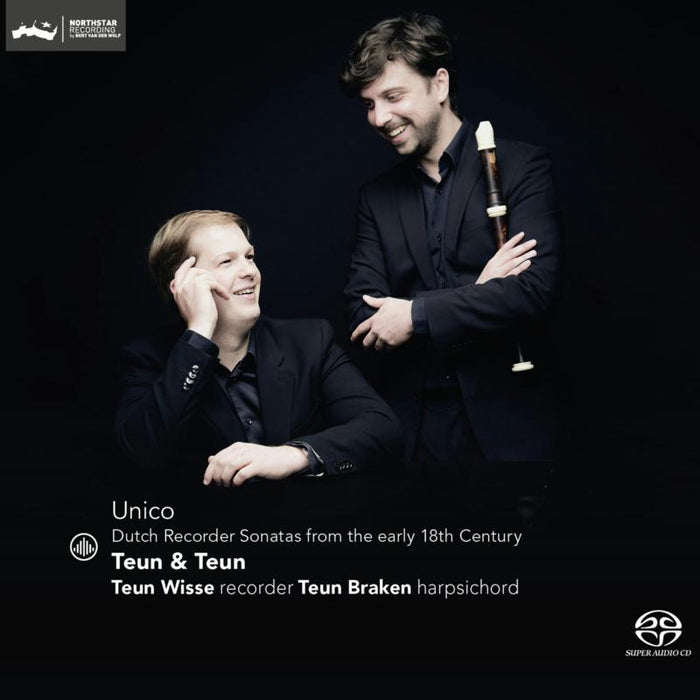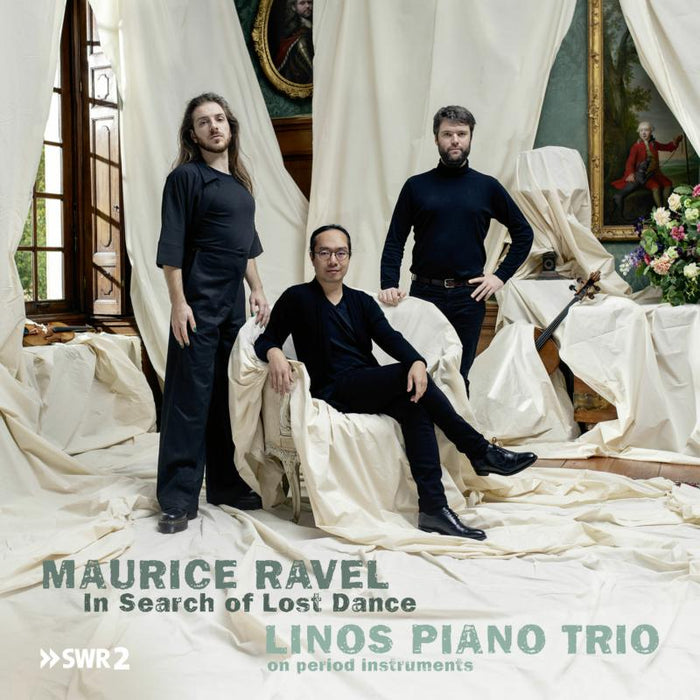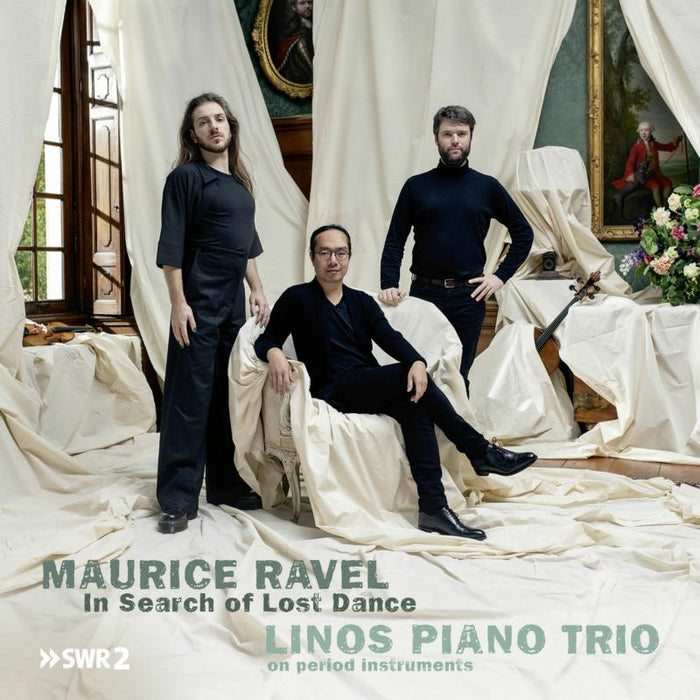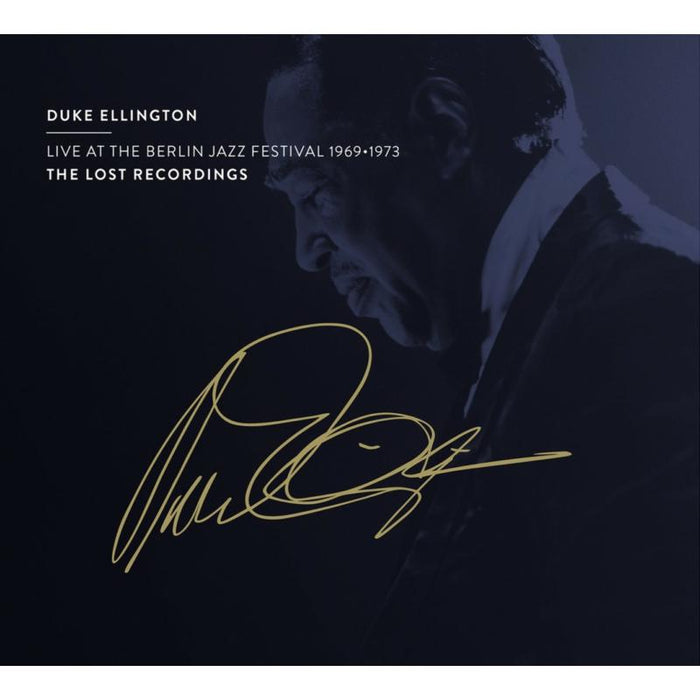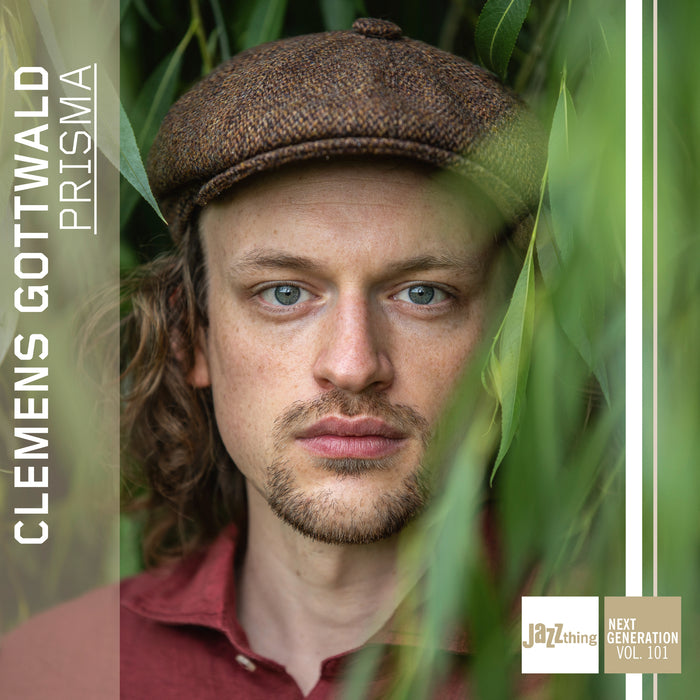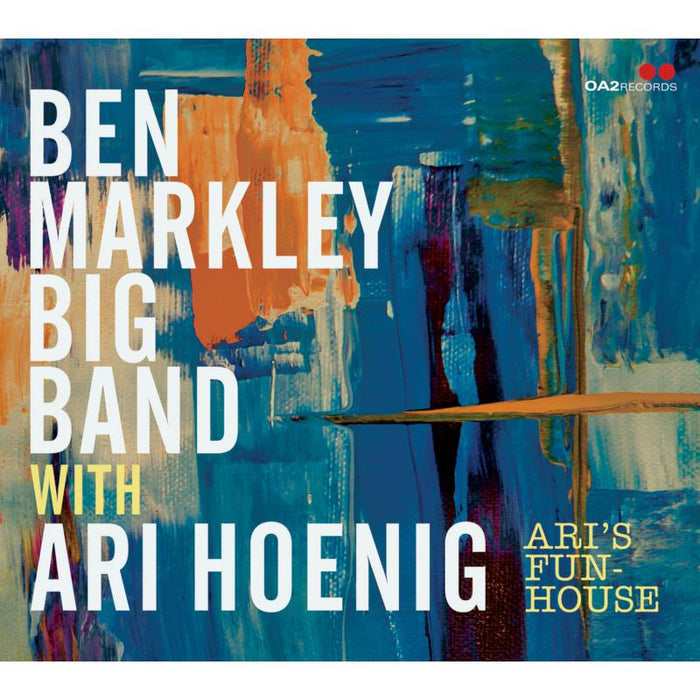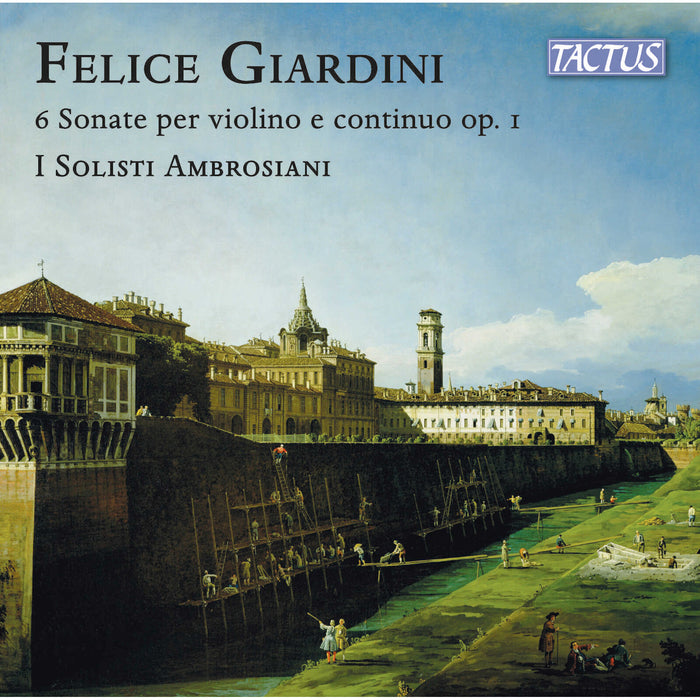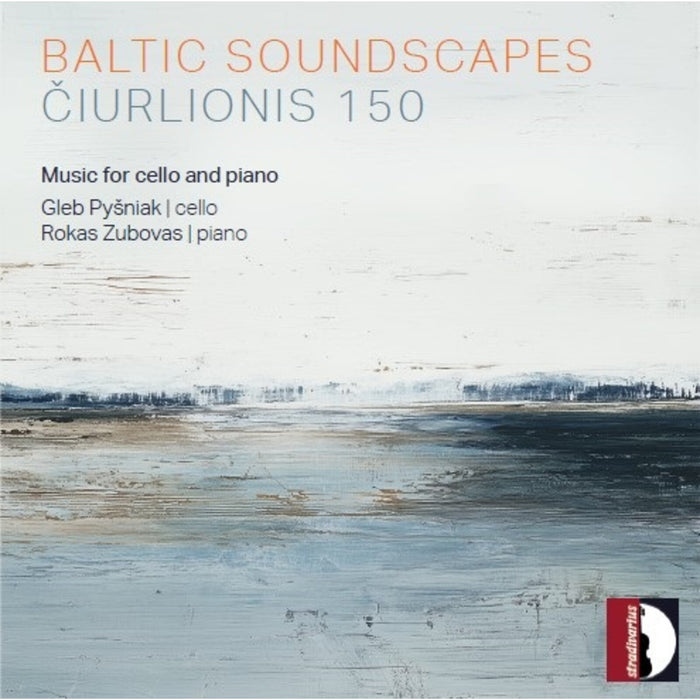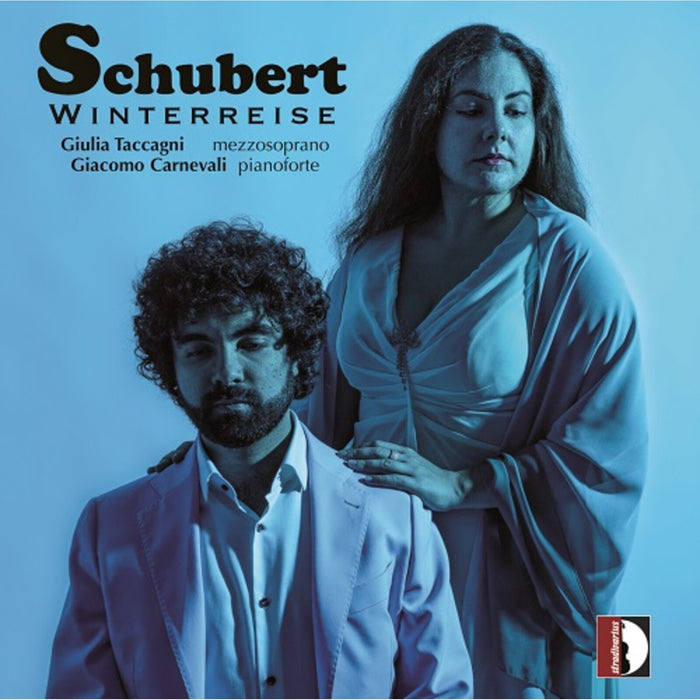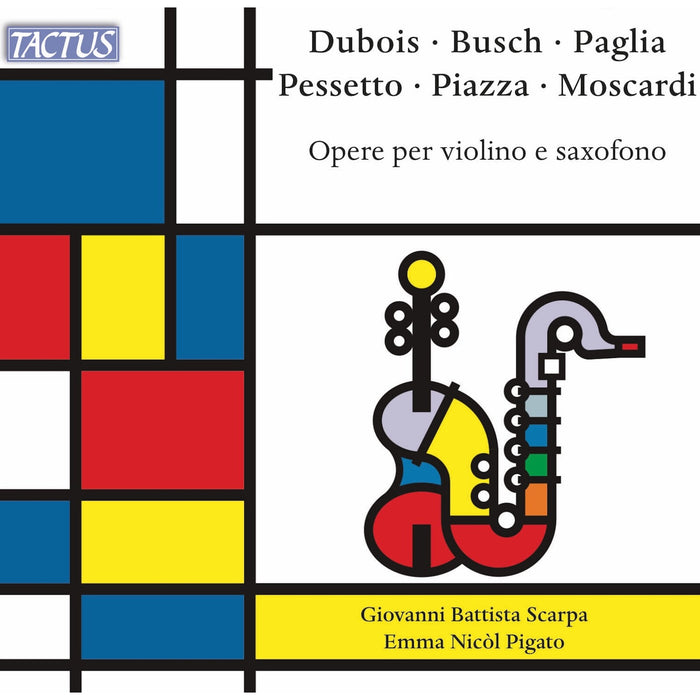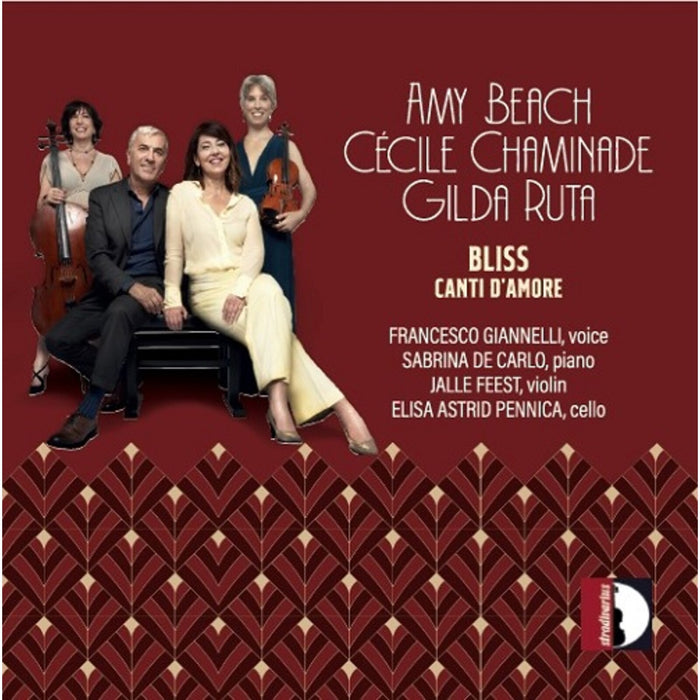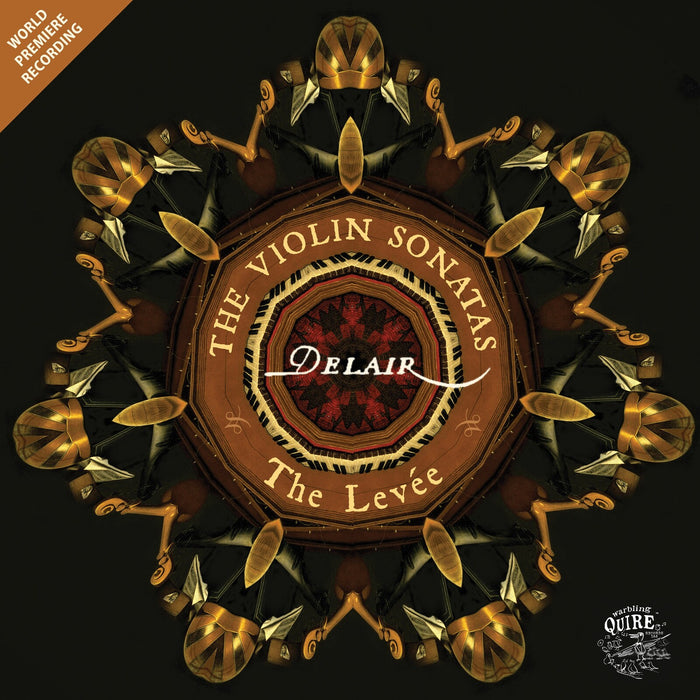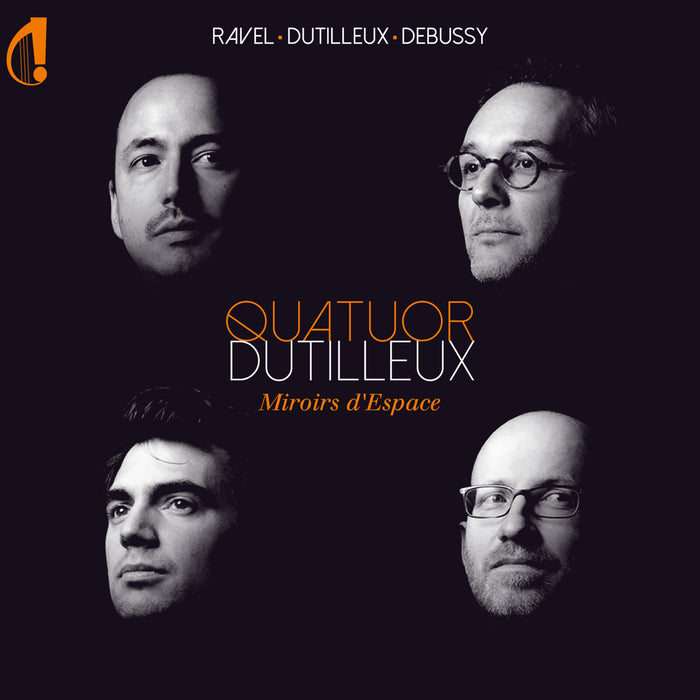Description
The two world premiere recordings on this disc make this unusual album very interesting, and not only for friends of french horn; the sounds and sound combinations are thrilling.
Danish composer Hans Abrahamsen wrote his Seks Stykker for horn, violin, and piano in 1984 on the occasion of a National Radio concert featuring the Danish première of György Ligeti's Horn Trio. Abrahamsen is one those few composers who actually studied the horn at conservatory, and the instrument thus often appears in his scores, with particular prominence in his chamber music.
John Cage opens up a new perspective on the subject of the horn trio. Cage's Music for Three embodies one of the possibilities of performing his "Music for," a collection of 17 parts that can be assembled in any possible combination: each combination is a fully valid version of the "work".
Musical quality was the ensemble's principal criterion in selecting repertoire for this CD, and they found a wonderful exemplar in a work by French composer Charles Koechlin. Koechlin was born in Paris in 1867 as the son of an affluent Alsatian family. He started to study engineering, but in the early 1890s he chose music instead. At the Paris Conservatoire he became of a student of Jules Massenet, later of Gabriel Fauré. During those years of study, he wrote the Quatre petites pièces for horn trio.
After intense research and preliminary tryouts, the ensemble also chose to include the Second Trio for Horn, Violin and Piano op. 40 by former Cologne Conservatory professor Hermann Schroeder. Written in 1967, the piece is retrospectively oriented toward the style of early 20th-century composers such as Paul Hindemith and Richard Strauss.... The person who had started talking about the horn was Hamburg pianist and professor Eckart Besch. It was Besch who gave Ligeti the idea of writing a horn trio to continue a tradition that had been inaugurated by one of the great masterpieces of chamber music: Johannes Brahms's Horn Trio, op. 40. (Quotations from the booklet liner notes by Johannes Zink)






